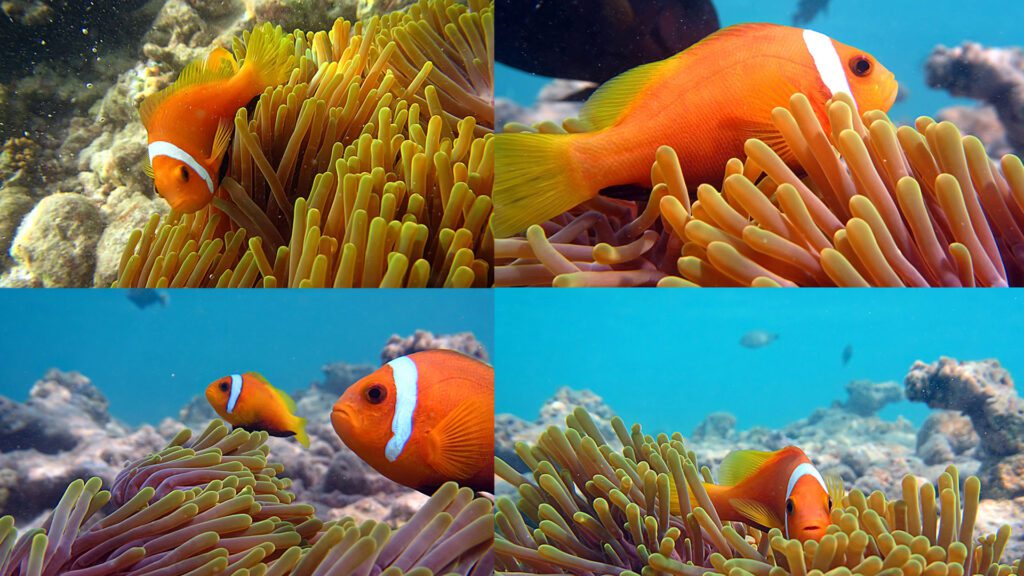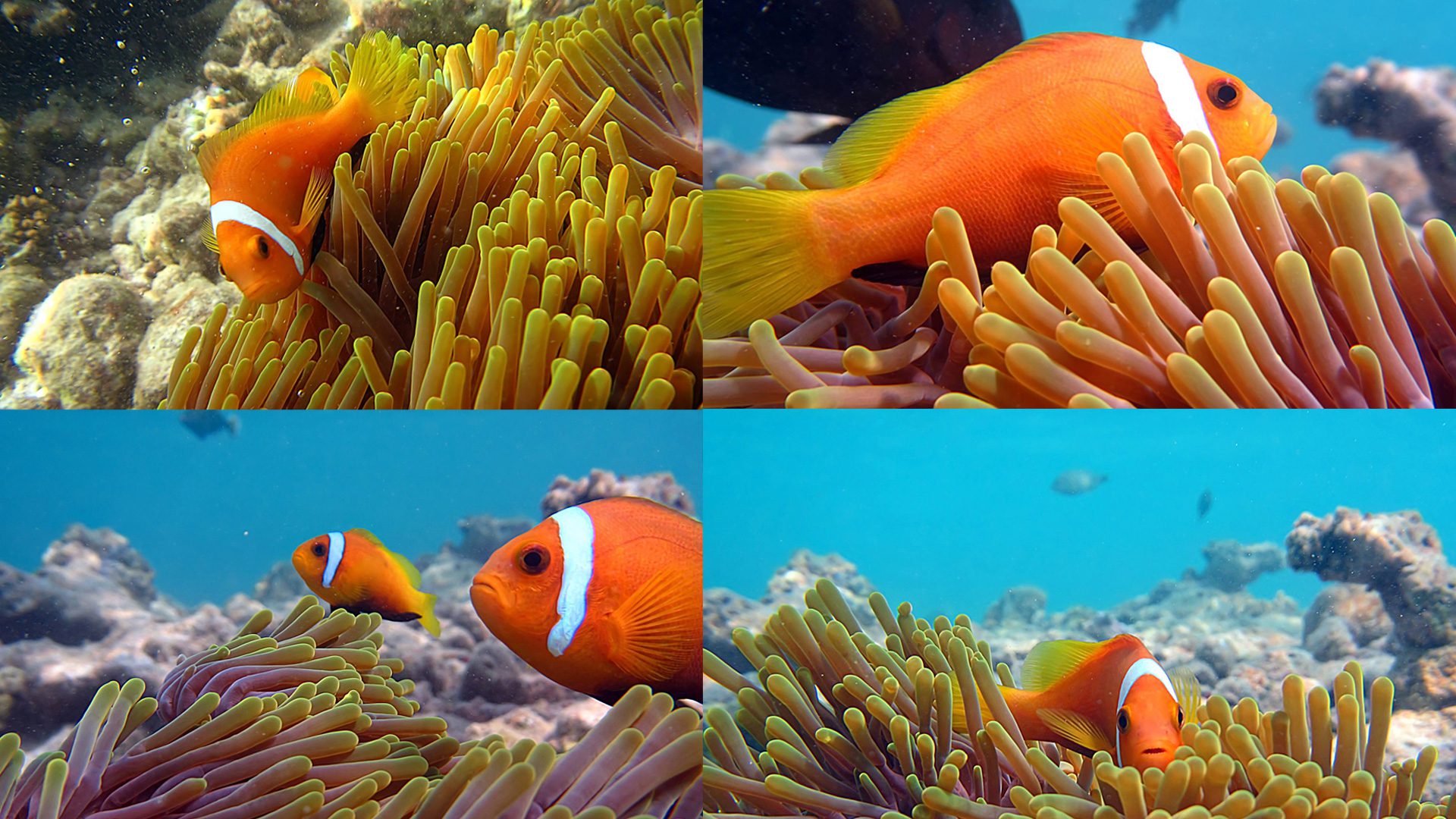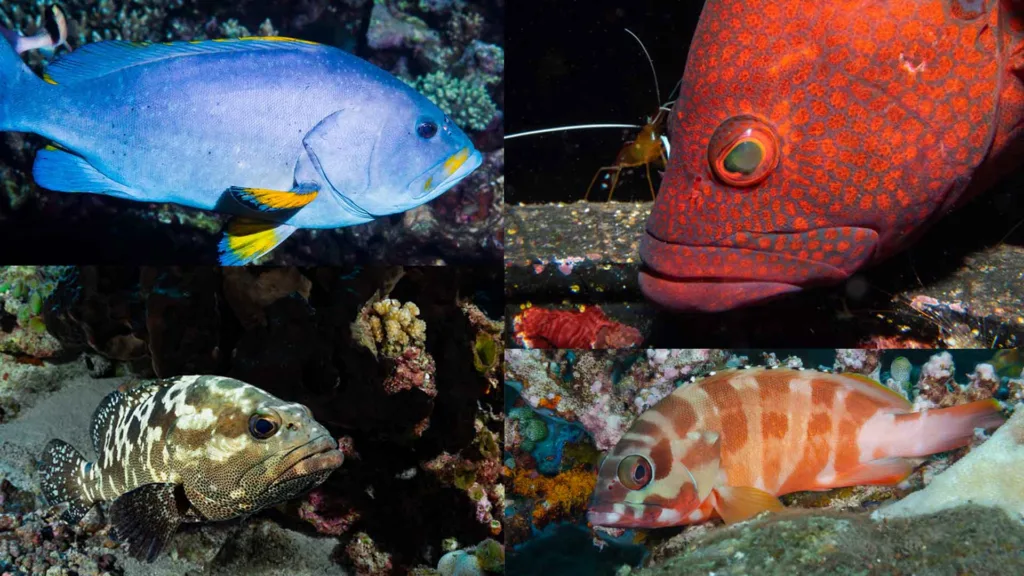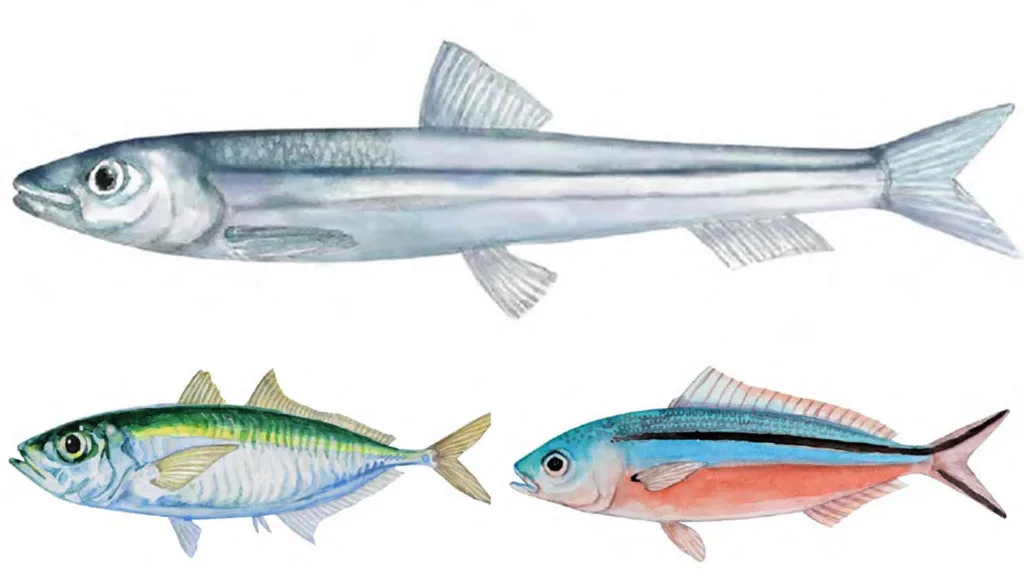
COMMON NAME: Maldive anemonefish
SCIENTIFIC NAME: Pomacentridae
FAMILY: Damselfishes
DIET: algae, zooplankton
LENGTH: 10 cm
Back in 2005, I asked two of my friends, Hasan Hamid and Hussian Ahmed from my island, Fuvahmulah, who were living in Male’ at the time, to breed anemone fish. The Marine Research Centre employed them at that time. They both loved fish. While I was living on my island, Hussain and I went hunting for octopus and reef fish with other friends. When I asked them to bring anemone fish, they told me I needed to buy materials like glass, pumps, PVC tubes, and other items to make the tanks and set up breeding grounds. I purchased everything, and they set up the breeding environment using bio filters.
They brought two pairs of anemone fish, and we completed the small project in their home. After 20 years, they are experts in their field, working in different places. To write about anemone fish, I recalled the memorable days when we were filled with enthusiasm and they possessed the skill to breed this beautiful species. I am proud of their talent and intellectual capacity. I am proud to be involved in such a small project that reflects the realm of our underwater world, even though we only bred one species, which is found exclusively in our ocean.
Anemonefish, unique to the Maldives and only found in Sri Lanka, call the Maldives home. The black lower fins and a single white bar over the head easily identify the common species. Heteractis magnifica serves as the sole host for this species. It inhabits reef crests and slopes, reaching depths of approximately 15 cm, It can grow up to 10 cm in length. Anemonefishes are specialised damselfishes that have evolved to live in a symbiotic relationship with anemones, to the point where they are rarely seen outside of their hosts. There are approximately 30 species, all but one belonging to the genus Amphiprion.
Although they are distributed throughout the Indo-Pacific region, three species of anemonefish are present in the Maldives. Only ten of the approximately 1000 anemone species host these fish. The New Guinea region is home to the family’s greatest diversity. Each fish species has a preference for specific anemones, but some are more picky than others and may live in multiple species depending on availability and habitat. The anemone does not sting the fish because it recognises them as part of itself. Anemonefishes feed on drifting food, primarily zooplankton; however, they may occasionally feed on algae growing around nearby coral bases.




